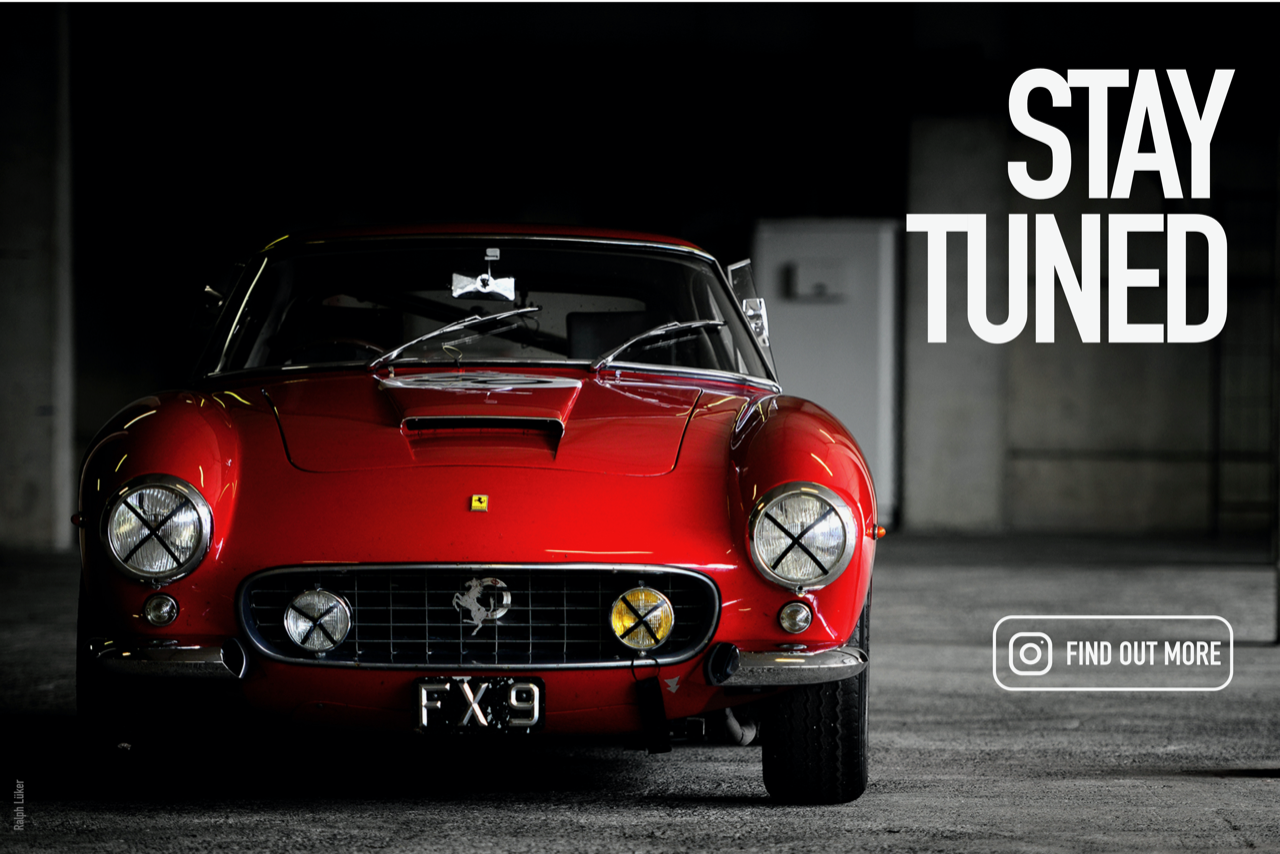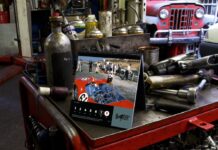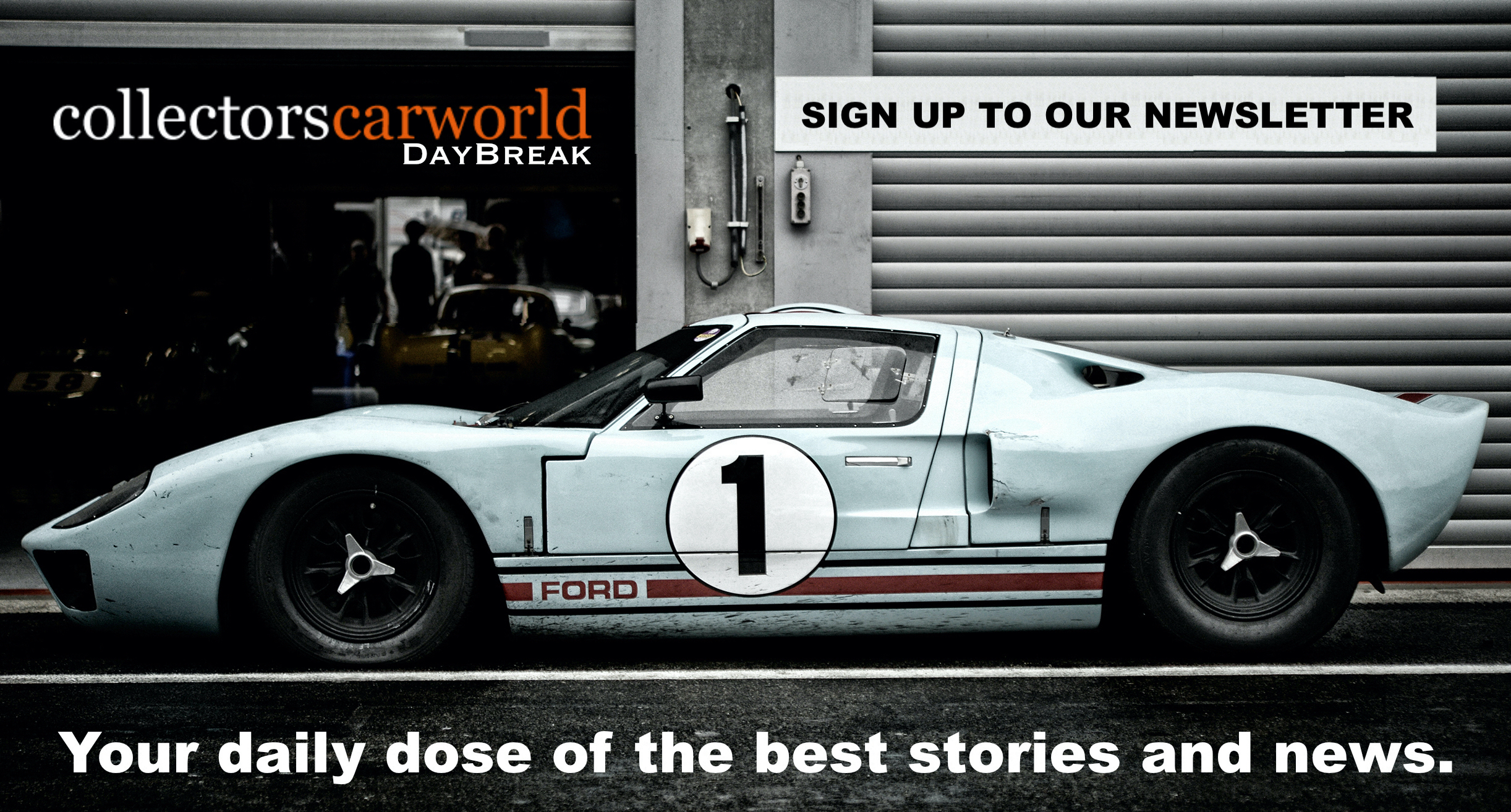Brooklyn, I realized what my dog feels when I walk through the front door after having been gone for a few hours: pure, uninhibited joy. I may have even shaken my butt. So what if the truck driver and his wife had to help me push-start the thing? Just getting behind the wheel put a smile on my face. Because of course that was how it was going to be with a nearly 60-year-old Italian car. Of course.
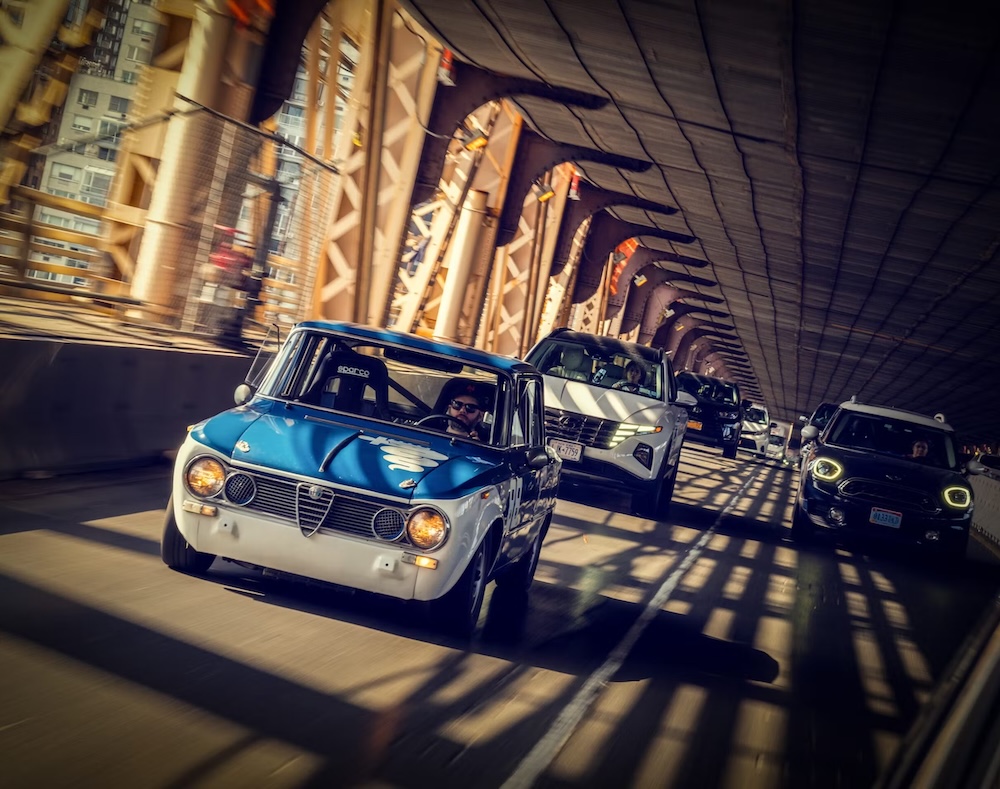
That was six months ago. And although a dense urban environment is not at all what this car was built for or what it had been used for historically, the grin on my face remains. And here’s the great thing about this joy: It manages to spread to onlookers as well. This Alfa is not what one would describe as a magnet for women, nor is it one for dude-bros. But in a city full of black Toyota Camrys working Uber and plenty of Lamborghini Uruses or similar six-figure crossovers, the comically small and eternally happy-looking Giulia stands out and elicits two questions consistently from those who notice it and smile: “What year?” and “Is it, like, a Fiat?” Close!
So how did a car like this, very clearly modded for club racing, end up rattling out my fillings on the streets of New York City? Hop in, plop down into the non-original Sparco seats, tighten the belts, and let’s go.

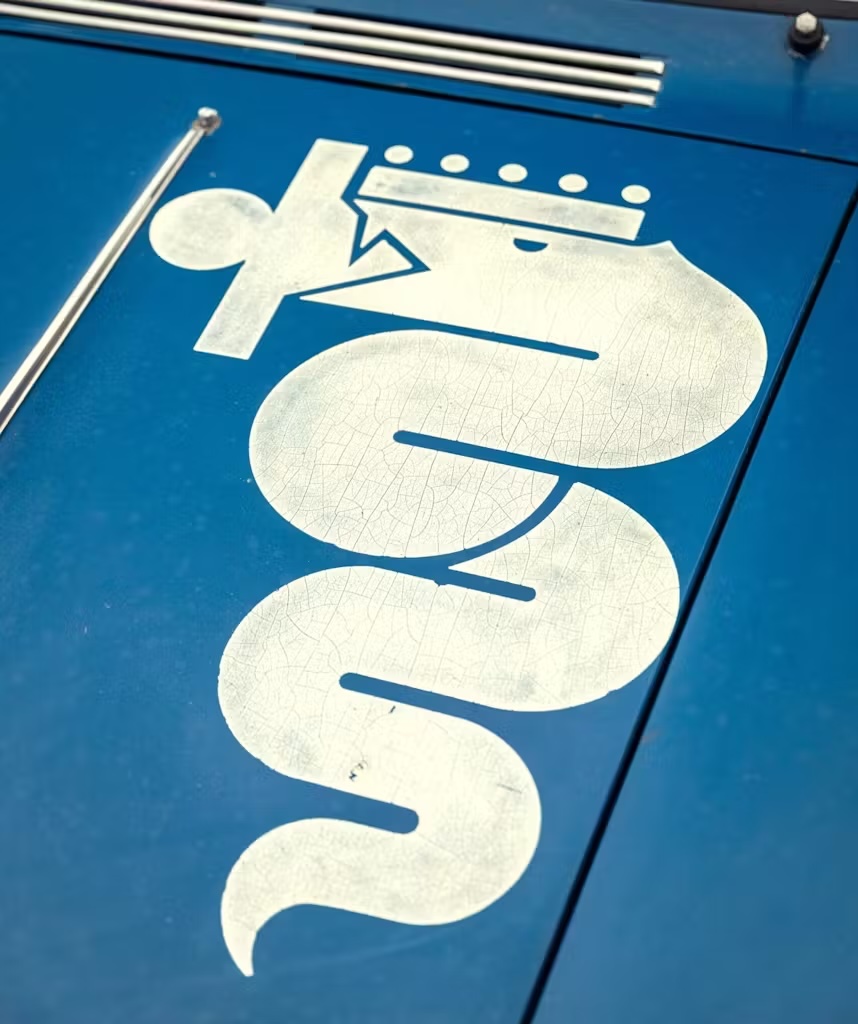
Like Many good New York stories, this one begins, Godfather Part II–style, in Italy. More than a century ago, A.L.F.A., or Anonima Lombarda Fabbrica Automobili—which roughly translates to Lombardy Motor Manufacturing Company—was established there by a former executive of the French automaker Darracq at a retooled Darracq factory. The first A.L.F.A.s were engineered by Giuseppe Merosi, who joined from Bianchi, the bicycle and automobile manufacturer, starting in 1910. By 1915, industrialist Nicola Romeo bought the enterprise and, after World War I ended, produced sporting cars known as Alfa Romeos. Competition success commenced in 1924 when the supercharged straight-eight P2, designed by Fiat engineer Vittorio Jano, won the French Grand Prix. Jano went on to design a series of sports and racing machines that brought considerable glory to the marque, particularly in the Mille Miglia, which Alfa Romeo won every year from 1928 to 1938 except for 1931. (One of Alfa’s successful drivers in this period was a young man named Enzo Ferrari, who became the racing team’s manager before going off to establish his own firm, which you’ve probably heard of.) The provenance of Alfa Romeo race cars from the Jano era is reflected today in their desirability and pricing.
Alfa continued its winning ways in the late 1940s and early 1950s with sports car and grand prix victories, racing luminaries such as Achille Varzi and Juan Manuel Fangio at the wheel. These were the years when Alfa Romeo transformed from a specialty to a mass-market automaker. The 1954 Giulietta Sprint was a turning point, as it launched a highly successful family of cars that cemented the brand in the minds of keen enthusiasts everywhere. It didn’t hurt that the Giulietta was gorgeously designed by Franco Scaglione of Bertone and brilliantly engineered by Orazio Satta Puliga, who had emerged as the postwar equivalent to Jano.
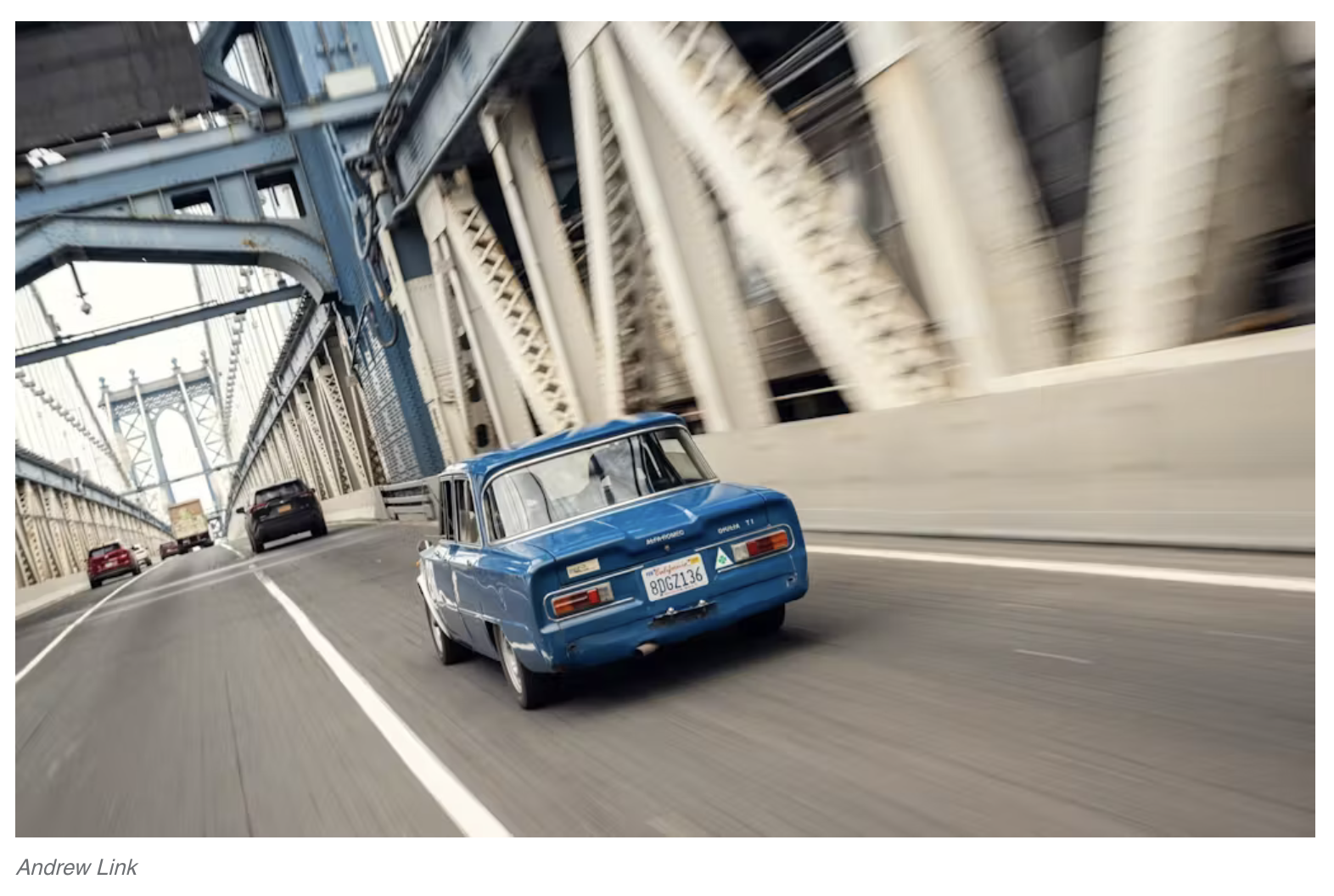
By 1962, the Giulietta lineup morphed into the Giulia, a mass-produced, economical yet sporty sedan, or “berlina,” that, mechanically, was similar to Alfa Romeo Sprints, GTVs, and GT Junior coupes, as well as the Spider. The Giulia was an advanced car for its time, with unibody construction, crumple zones, disc brakes, a five-speed gearbox, and a variety of bialbero (twin camshaft in Italian) four-cylinder engines ranging in size from 1290 cc to 1570 cc (or as badged, 1.3L and 1.6L, respectively). My car is a Giulia TI (“Turismo Internazionale”), which was effectively the base trim. Some 71,000 TI models were produced from 1962 to 1967. The Giulia left Alfa’s American showrooms in the late 1970s, and those showrooms disappeared altogether in the mid-1990s. When Alfa Romeo returned to our shores a decade ago as part of Fiat Chrysler Automobiles (now Stellantis), a resurrected Giulia was fittingly its first new offering.
Of course, for American Alfa enthusiasts, passion for Giulias never really faded. My 1965 Giulia TI found its way to America’s West Coast. About 25 years ago, Norm Silverman, onetime Alfa Romeo club president of Southern California, purchased it out of Northern California with the help of a guy named Fred Schueddekopp. Silverman and Schueddekopp restored the car and showed it at Concorso Italiano in Monterey. I have no idea if they won anything for their efforts, but if they didn’t, they should have. Best in Show? Probably not. But best? If they could see it today, I’d like to argue, yes.
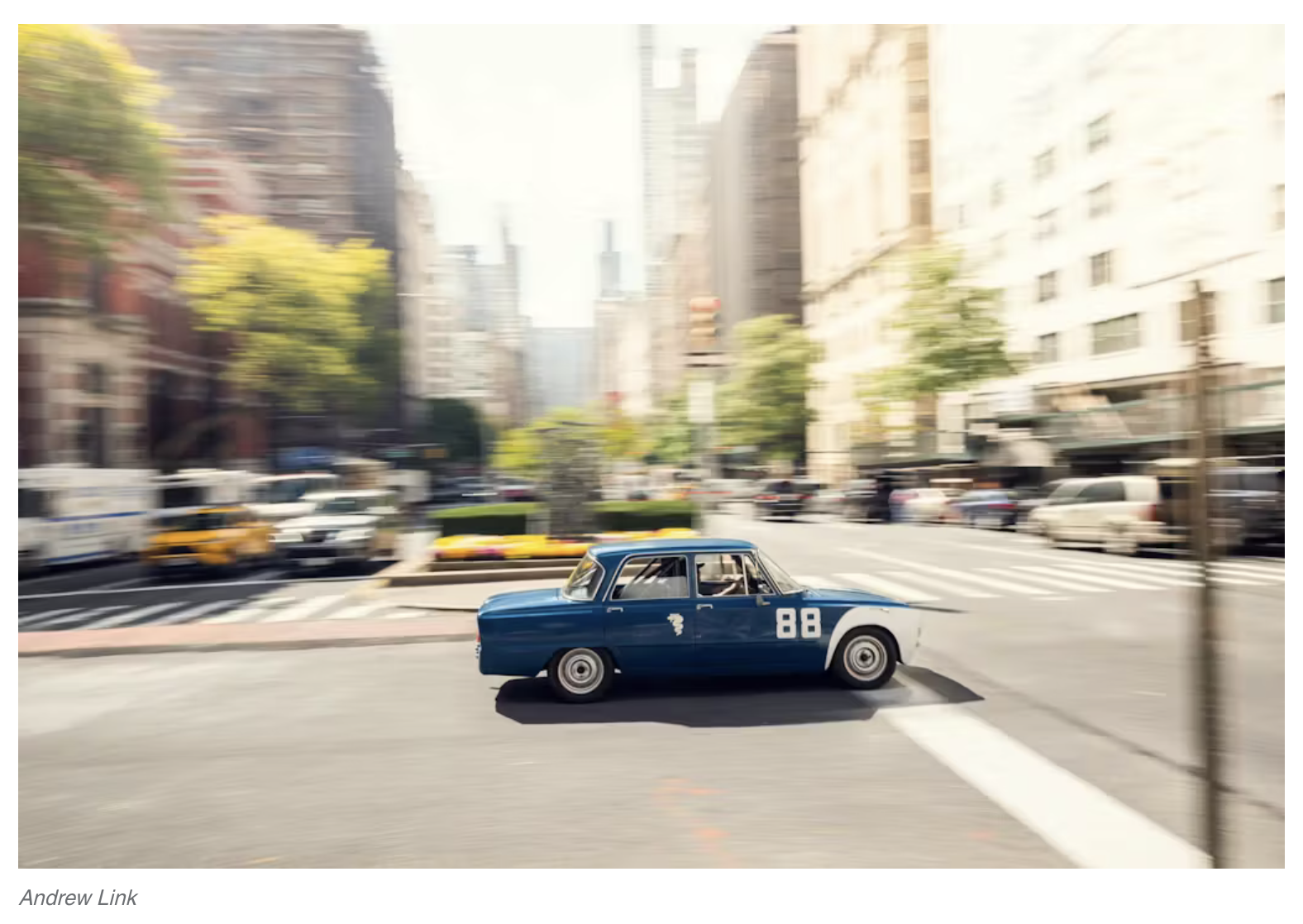
Silverman and his wife, Evelyn, converted the little Giulia into a lightly built club racer, which they raced for many years at Willow Springs, where the funky sedan from Milan earned the moniker “Coupe Killer,” since Silverman and the TI had a reputation for rubbing paint with at least three different 105 Alfa coupes and sending them into the dirt off-circuit. Allegedly!
In 2018, Silverman turned 80, and it was time for him to pass the torch, so he sold the Coupe Killer to a significantly younger fella named Jimi, a certified Alfa Romeo fiend. Over the next five years, Jimi spent his time refreshing the Giulia’s mechanical bits, redoing the interior and the floor panels, etc., but not futzing with the well-earned patina. He wanted a mechanically sound canyon ripper, and he wanted to be able to toss the keys to a friend without worrying too much about the cosmetics. In his words from the sales listing, “I would never paint this one, just sayin.” Advice noted. Last April, I saw Jimi’s listing for the Coupe Killer on Instagram. I had, as it happened, been casually looking for an earlyish Alfa Romeo Giulia. Feverish texts and phone calls ensued and before I knew it, I concocted a business trip and was stepping off a plane at LAX and heading to Long Beach to get the keys to my new 59-year-old Alfa.
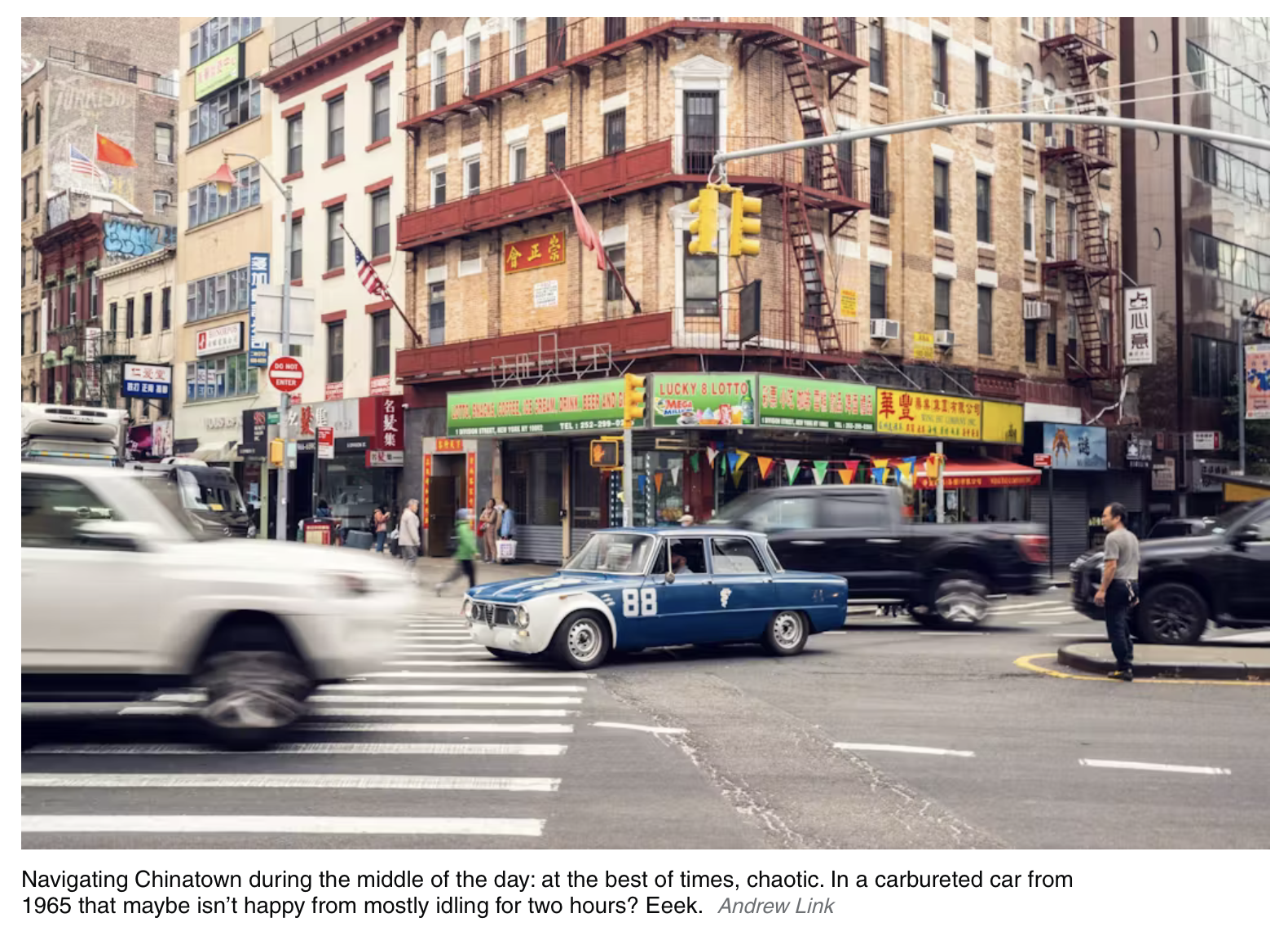

If this all seems silly, wildly impractical, and impulsive on my part, it was! I’ll add that I already pay crazy money to garage my daily driver Land Rover in Brooklyn. But this Alfa makes a certain kind of sense: Its rough-around-the-edges cosmetics perfectly suited my tastes and the reality of New York traffic. Neither, however, is it a true project car, which is good since I have the mechanical wherewithal of a pizza box. Plus, I spent a decade working in motorsports around rally cars and rallycross cars, so a race-prepped Giulia—partial rollcage, sticky Falken tires—fit my sensibility, even if I was more likely to tackle a late-night motorway loop than a racetrack.
Of course, the logic doesn’t really matter that much. The point is, when I saw this little blue ex–club racer in the morning light of a California spring day, well, I met absolute joy face-to-face for the first time in a long, looooong time.
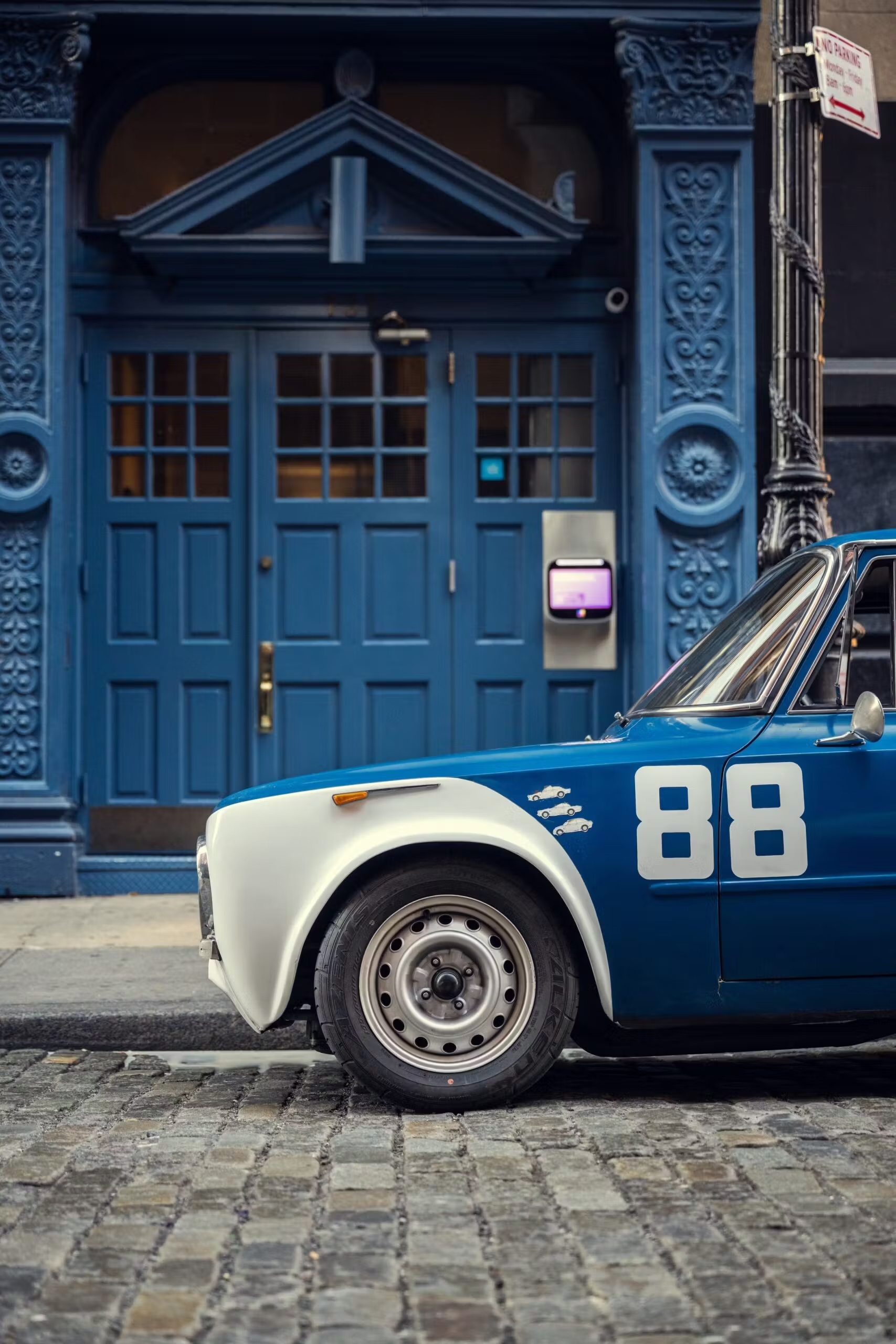
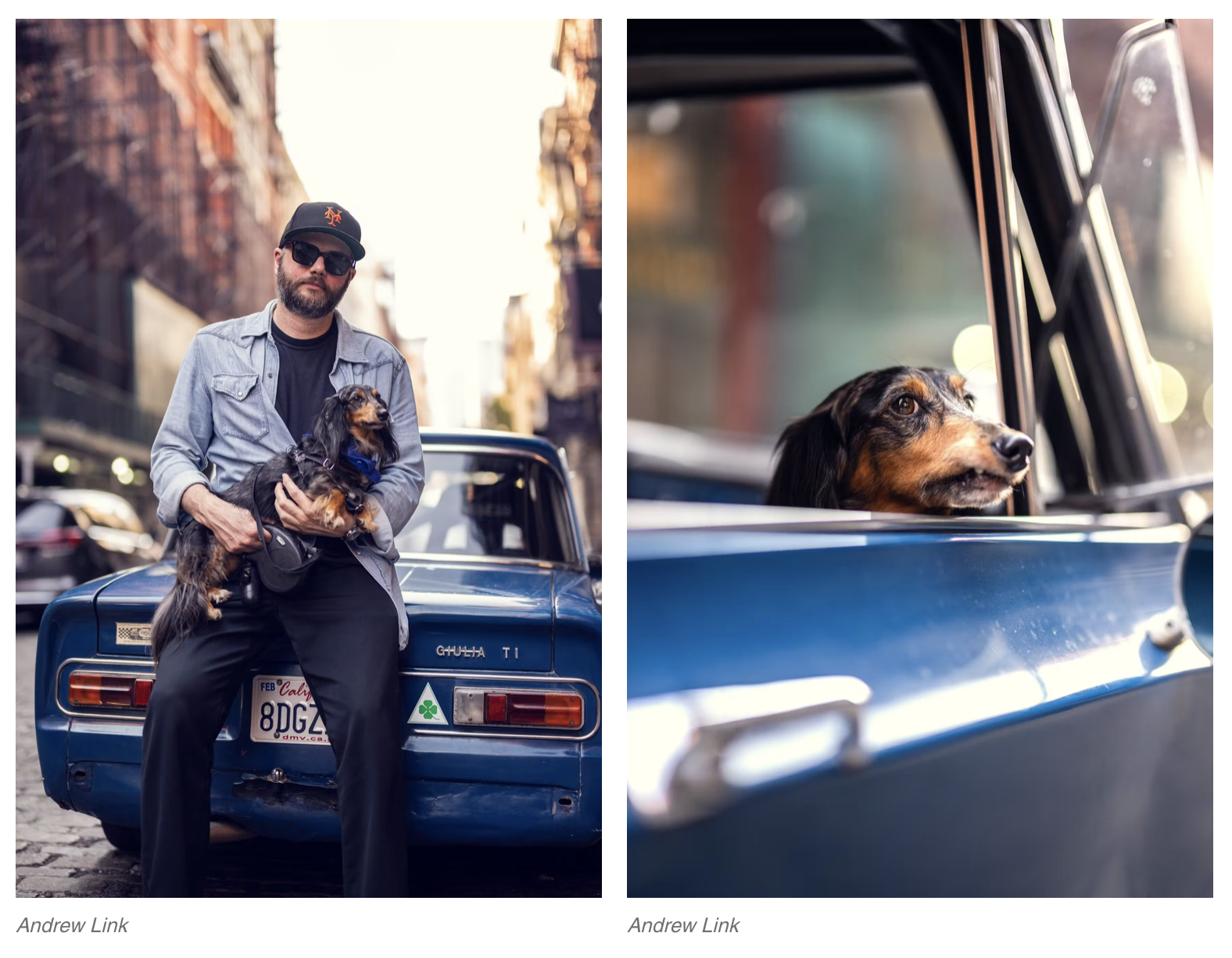
So here we are in Brooklyn, not far from the former Domino Sugar factory along the East River. We being me, the Alfa, and Rico, my miniature long-haired dachshund, who fits shotgun quite contentedly. Now I must remember what advice Jimi, who sold me the car, gave me back in Long Beach. What’s the redline, again? Hard to say. Over 6000 rpm, but like Jimi said, “Just shift when it feels like it’s running out of steam.” With its upgraded 2.0-liter engine (lifted from a later Alfa Spider) and dual-sidedraft Weber 40s, which sound so guttural and good, it encourages you to goose the throttle repeatedly—especially when you’re in second or third around 4000 rpm. The engine makes Pavarotti sound like a cat in heat comparatively. An extreme exaggeration, but you get the feeling.
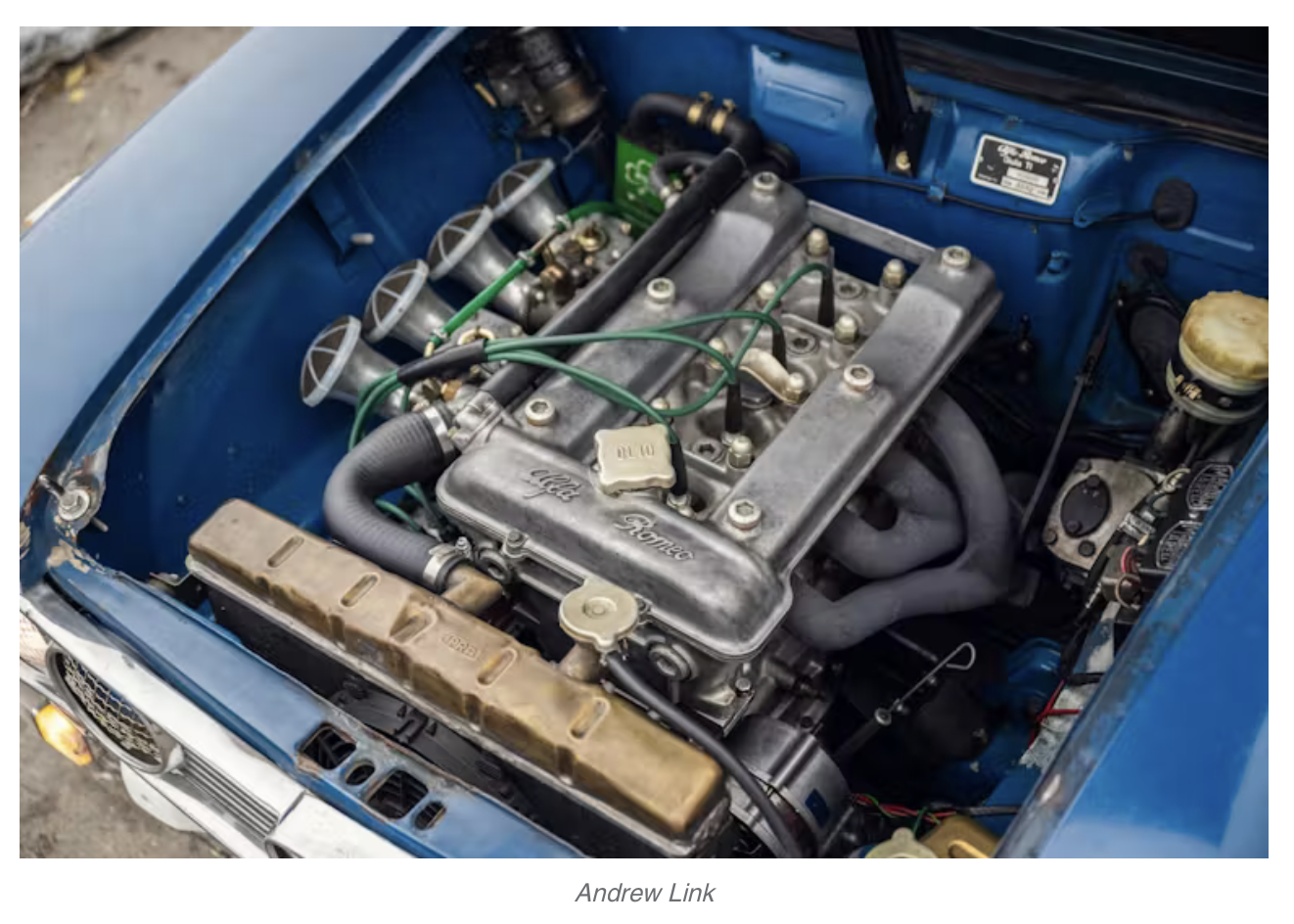
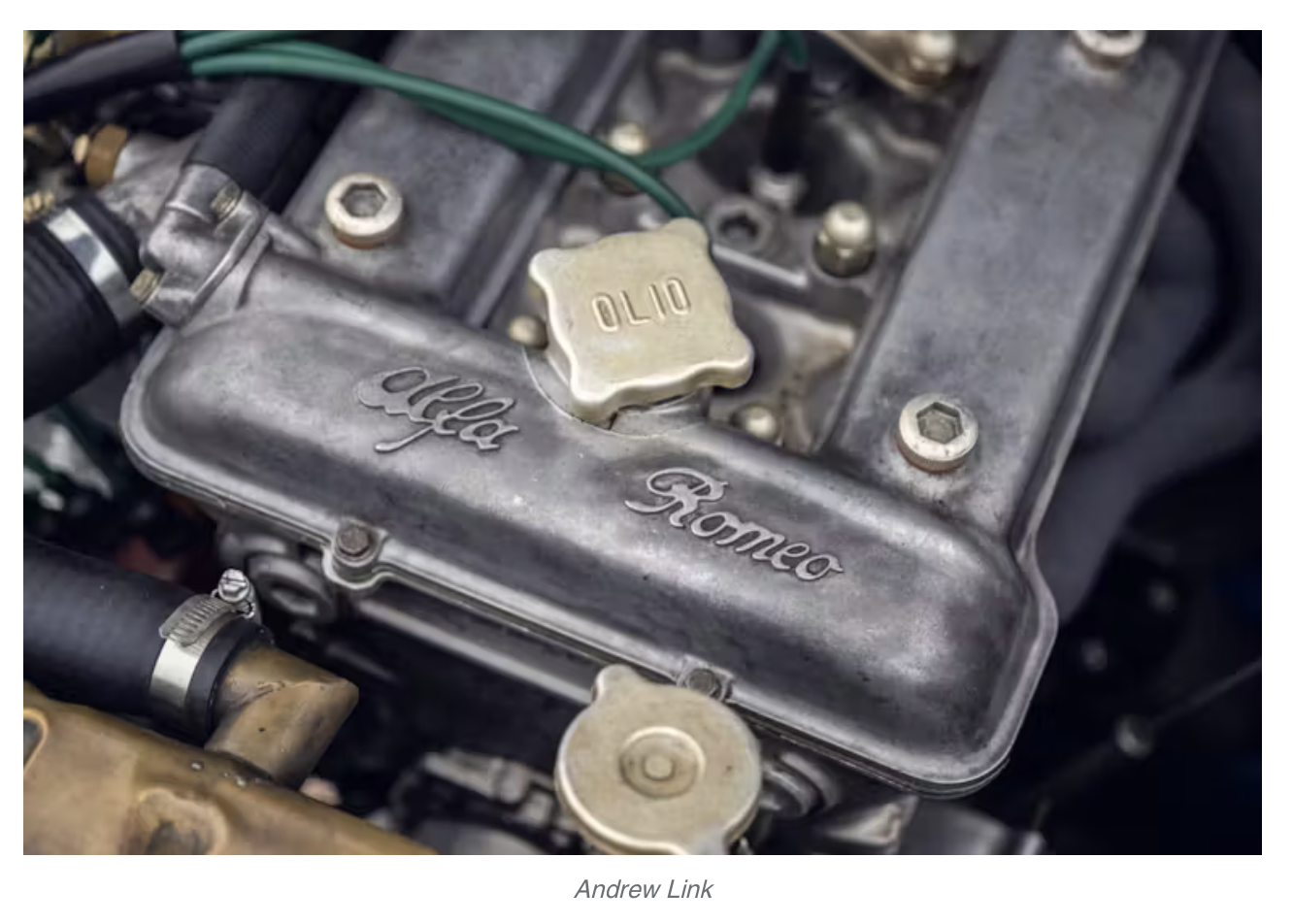
Other things in the learning curve (I was in way, way over my head): Carburetors! A choke! (Which I’ve since learned to avoid using). A transmission that sometimes you need to put into second before putting it into first just to help it not be so crunchy or if it’s being stubborn going into first from a stop—but this is a normal Alfa thing, Jimi had assured me. Mirrors that are absolutely useless due to how low the seat is mounted to the floor! A water temperature gauge with a mind of its own, but don’t worry about it too much because the radiator has a burp tank to recapture the water, and it’s got a heavy-duty electric fan, so it’s probably gonna be OK! It is a living, breathing thing. It has character. It has, as the Italians would say, passion.
My first city miles, maneuvering around delivery trucks on Kent Street to one of my favorite coffee spots, Rhythm Zero, was exhilarating and terrifying. What had I done? What had I done!? Was I out of my depth or was I somehow magically hanging all ten over the nose of the board?
It turns out I may have been closer to the latter than the former. Driving around in New York has taught me a lot about old-car ownership, but on a gradual incline and with a sh*t-eating grin permanently chiseled into my face. Over the course of roughly 500 miles, I have managed to link up with numerous friends for coffees and meals and ridealongs (a chosen few also got time behind the wheel), with all of them delighted to see the joy on my face from my semi-impulsive purchase. I learned that headlights from 1965 are… not that bright and that the modern headlights of oncoming cars, as conveyed through a windscreen that was pitted by decades of racing, look like a world full of stigmatisms. I learned that modern Sparco race buckets don’t offer a lot of lumbar support, but that you can remedy that with a folded-up towel. A continual education.
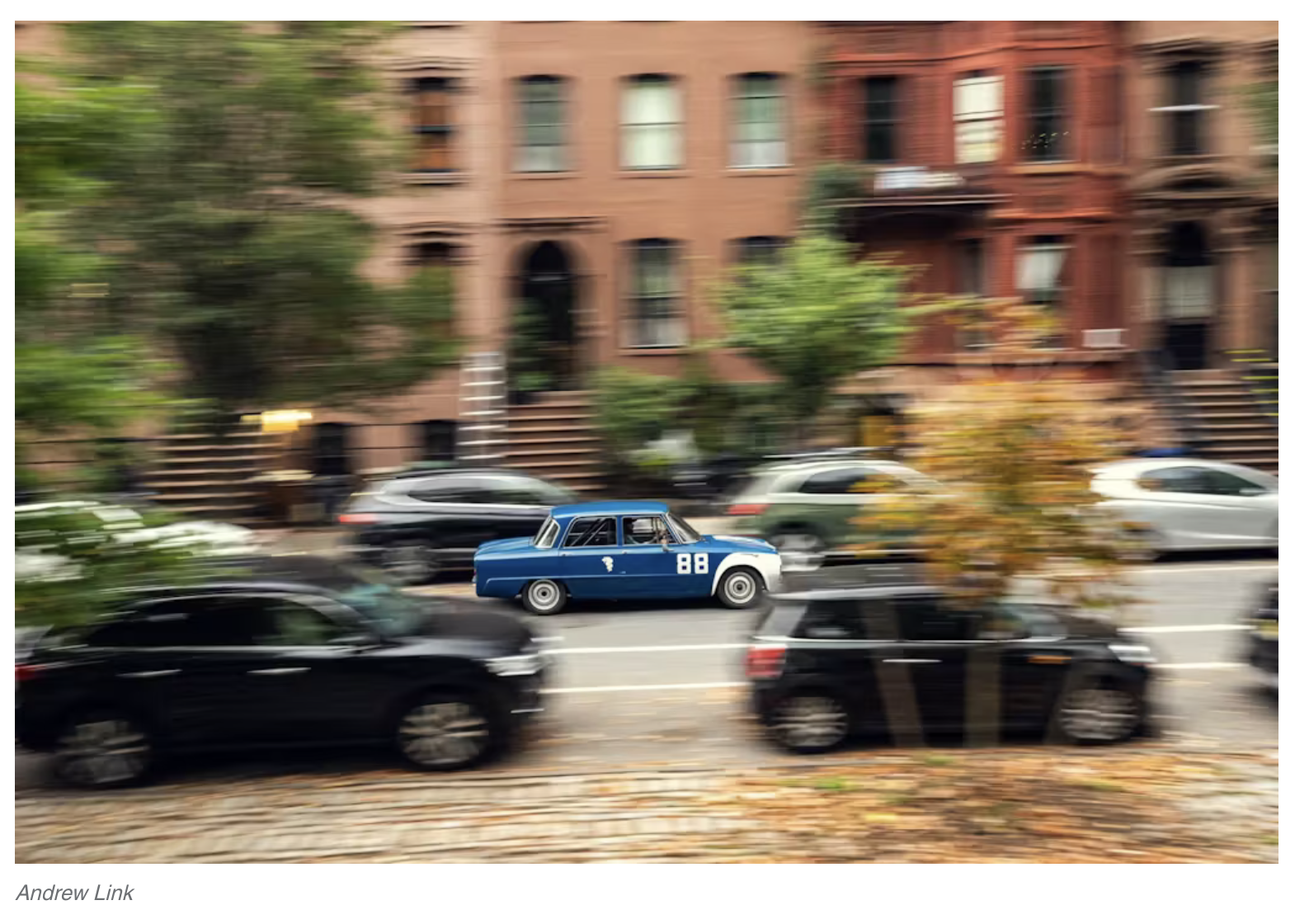
But, most important—and the genesis for why I’m writing all of this—I learned joy again. And it’s not as if I had never learned it in the first place, but I had let it fade away and gather a lot of dust off to the side while I spent years focused on career and other distractions.
Every single outing in the Coupe Killer feels like I’m getting away with something, doing something that no one else in this city of 9 million is doing. Exhilarating, a legal rush, a question-generating experience of “I wonder if anyone can actually see the front turn signal right now?” Or, “Is the temperature gauge actually working? I sure hope it doesn’t overheat on me!” Or, more accurately, “Sh*t, I think that was a speeding-ticket camera that just went off behind me.” Trying to get somewhere in New York traffic can be frustrating. But when I’m in the Alfa, the destination doesn’t really matter. I like to operate on excitement and joy, leaning into the urge to just get moving.

On a day that hadn’t been too hot, I sneaked out at dusk to take a run at what I affectionately term the “Manhattan Mille Masochista,” which comprises a loop of the multilane Williamsburg Bridge; the fast mix of commuters on northbound FDR Drive; the arc of Harlem River Drive as it follows the island of Manhattan narrowing westward; Dyckman Street along Highbridge Park; and sharp left onto Riverside Drive, which then dumped me onto the Henry Hudson Parkway. Elevated high above the Hudson River, southbound traffic moves with purpose here, the Met’s Cloisters Museum buried in the trees off to the east and the George Washington Bridge looming up on the right.
On that night, the elevated urban freeway is driving nirvana, parks and high-rises and garbage trucks all blurring through the Giulia’s windows. Sure, the Henry Hudson becomes a clogged city street past Midtown, but that’s just more opportunities for the bicyclists and joggers along the Hudson River Greenway to thumbs-up the tiny Alfa. Then it’s Canal Street, Centre to Kenmare, and back over the bridge. A blast. I finished that “Mille” with a face that hurt from smiling, both from the experience itself as well as the joy and satisfaction of finally realizing a dream that I’d had for quite some time.
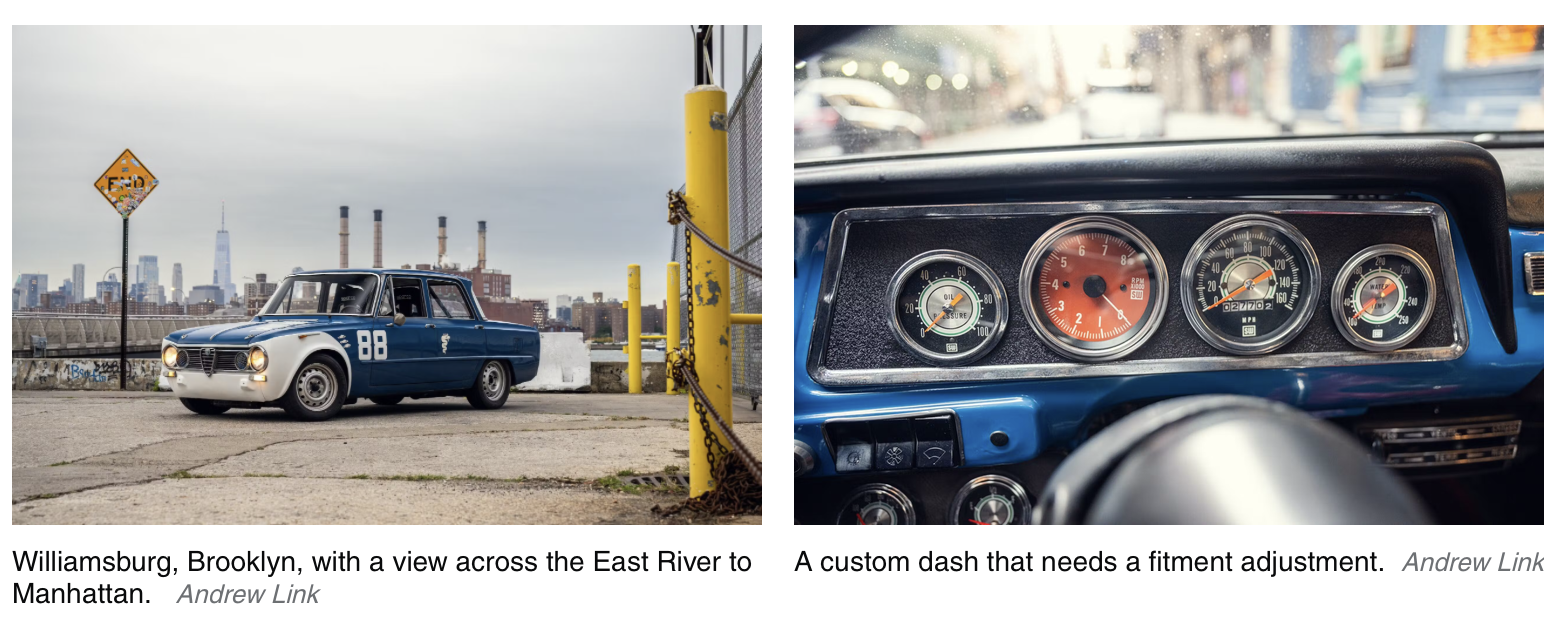
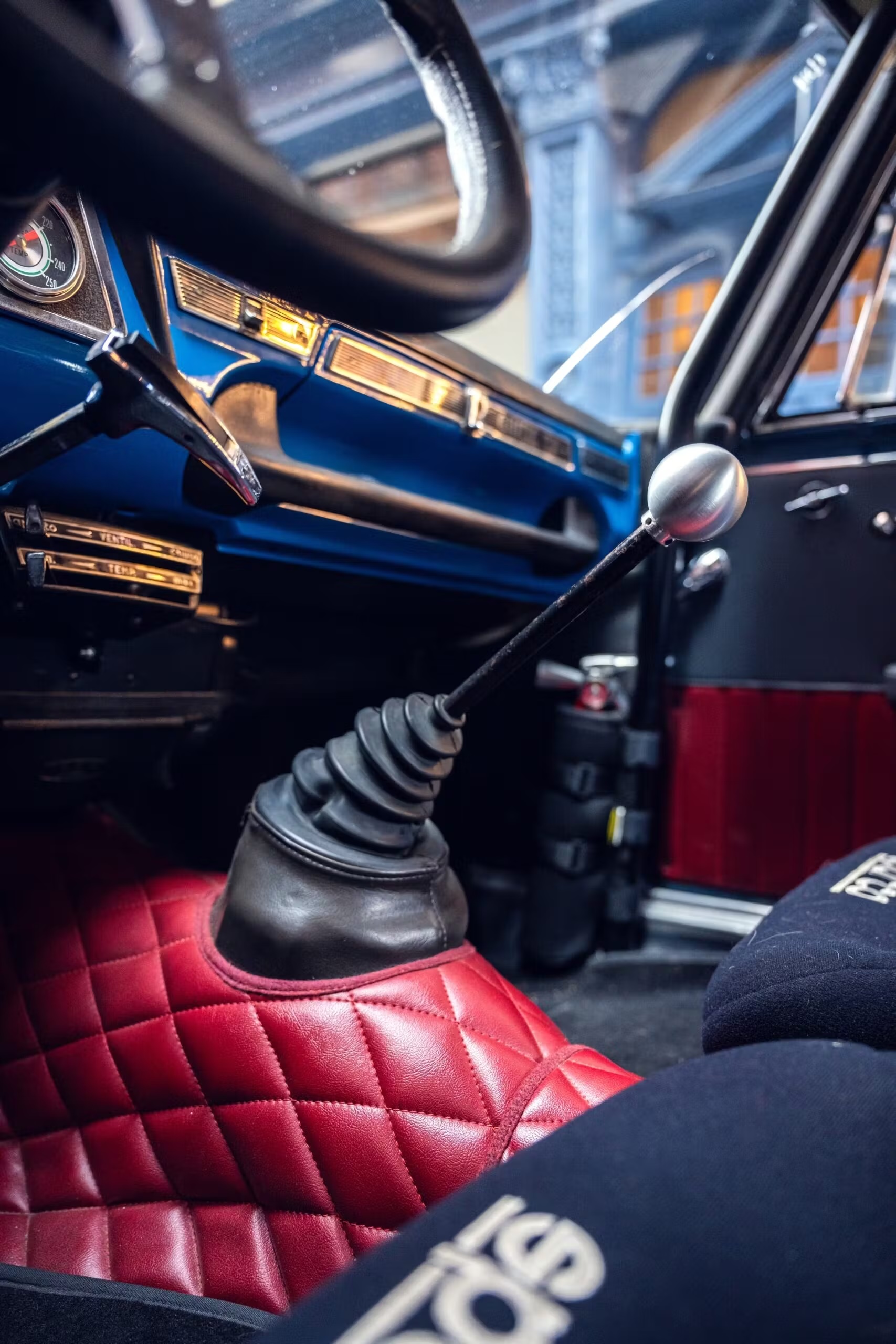
I will concede that it is not, by any means, easy to own and operate a vehicle like this in the city. It is decidedly not. Storage? Expensive. Club racing suspension ride quality? Not exactly compliant. Air conditioning? Umm, it’s got hand-crank windows? This particular Giulia makes you earn that joy a little bit. Which, quite frankly, is good! I want some friction in the process. I want to have to work for it. Things are so much more satisfying in life when you’ve gotta try just a smidge to get what you want. This is that. A small amount of effort yields a high, high reward.
So is there a lesson here? I’m not sure, but if the option is presented to you at some point in your lifetime to do the very silly, wildly impractical, impulsive thing… Do it at least once. That’s unsolicited advice from a guy who gambled and won; I hope your results are similar.
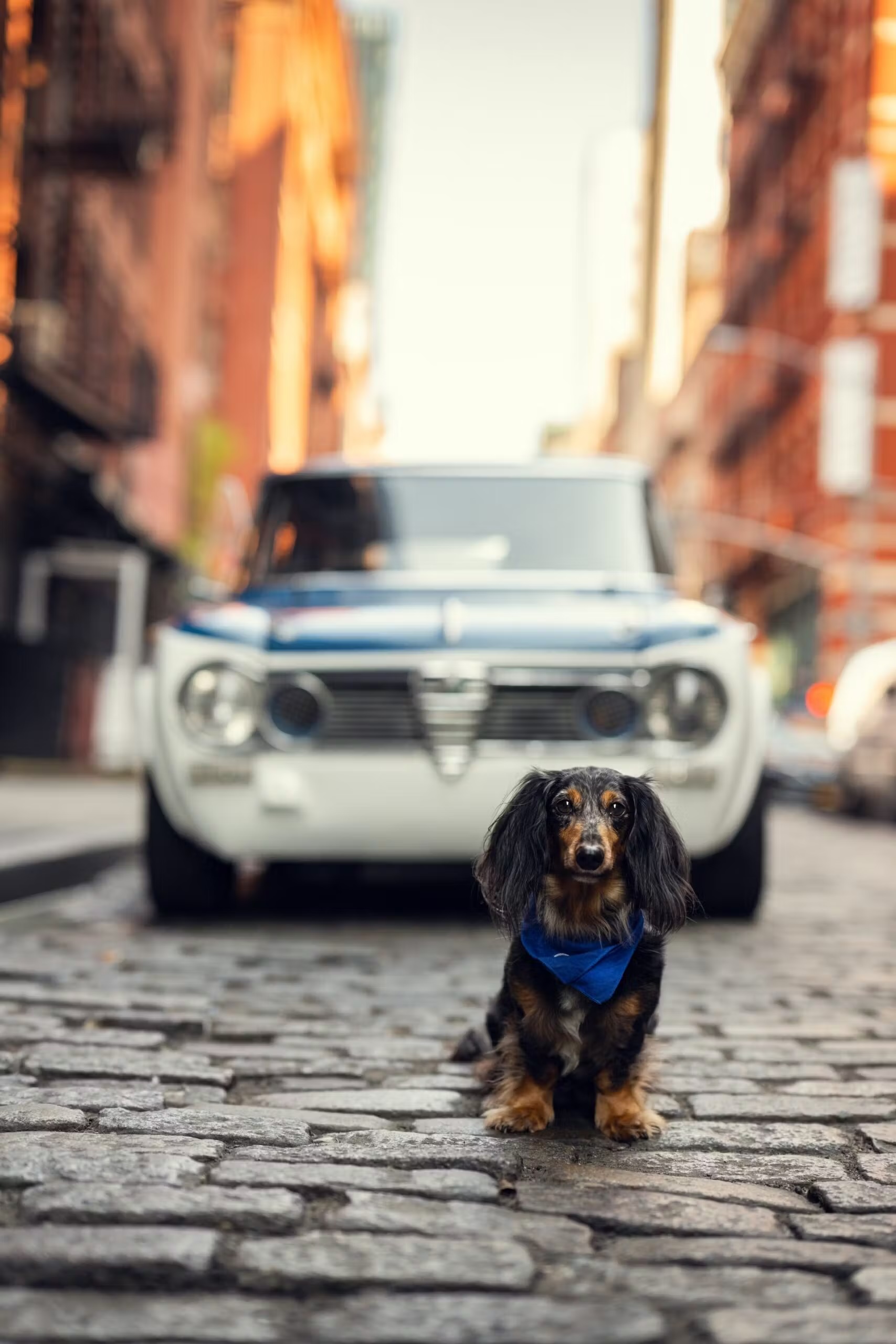
As for me and the Coupe Killer in NYC, what’s next? Well, Rico and I enjoyed our local outings in the summer and all the positive interactions driving around the city that the Giulia has brought. Fall arrived, and I finally felt confident enough with the heat (both for the engine and for me and Rico as occupants) to venture up north into the farthest reaches of leafy Westchester County to sample some of the incredible roads they have out there. I’ve even gone as far as Lime Rock Park and learned that man oh man, this thing works a lot better on 45-mph backroads than it does in stop-and-go traffic on the Brooklyn–Queens Expressway. Così è la vita (that’s life).
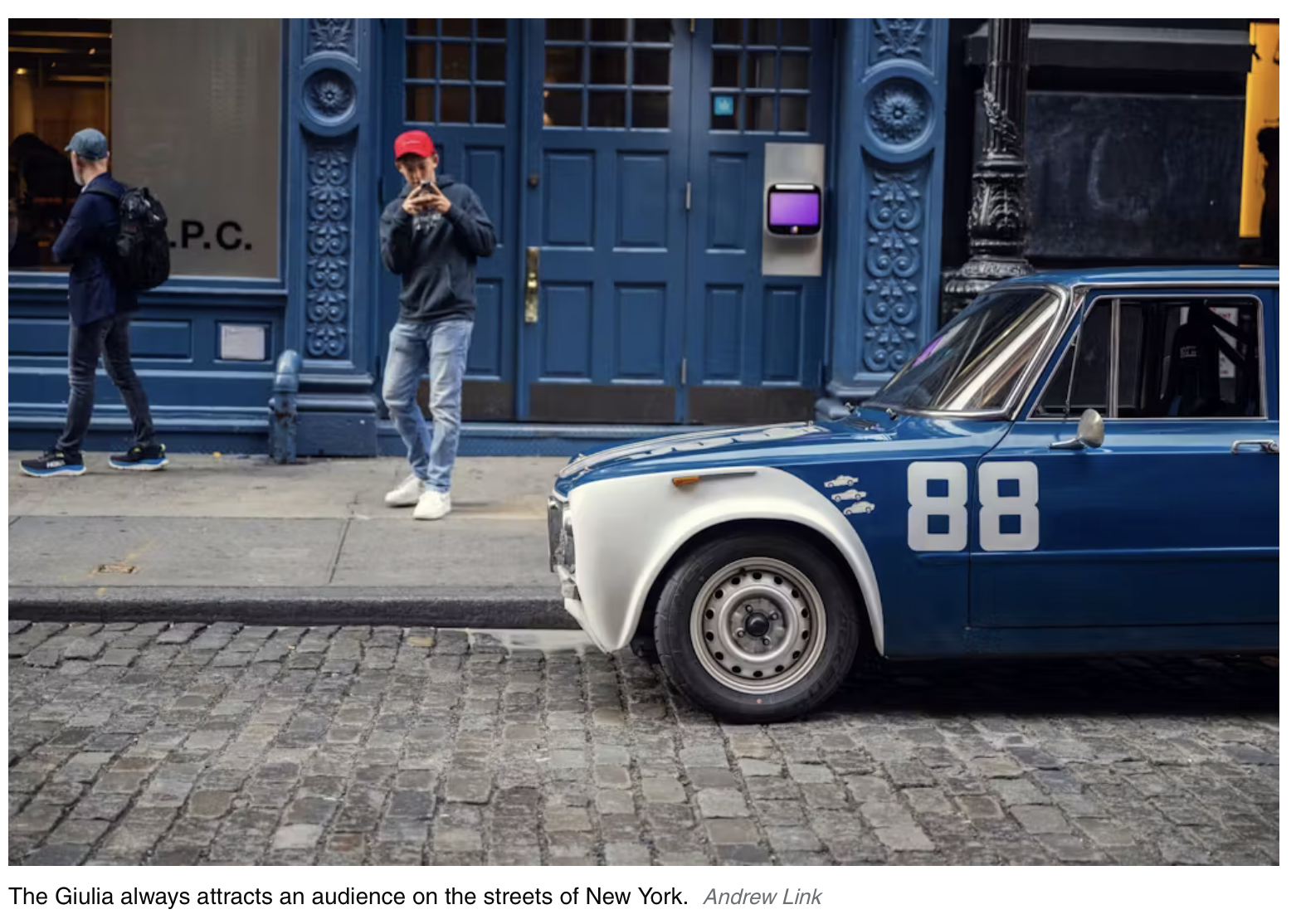
Next up may be some instances where I ship the Giulia to other (non-urban!) locations in America where the roads are quick but not fast, smooth and not rough, and simply rack up the miles and smiles. Life’s short, and it’s decidedly better in a 60-year-old, rough-and-ready Italian classic. Got ideas? I’m all ears.
Report by Matt Tuccillo for hagerty.com

